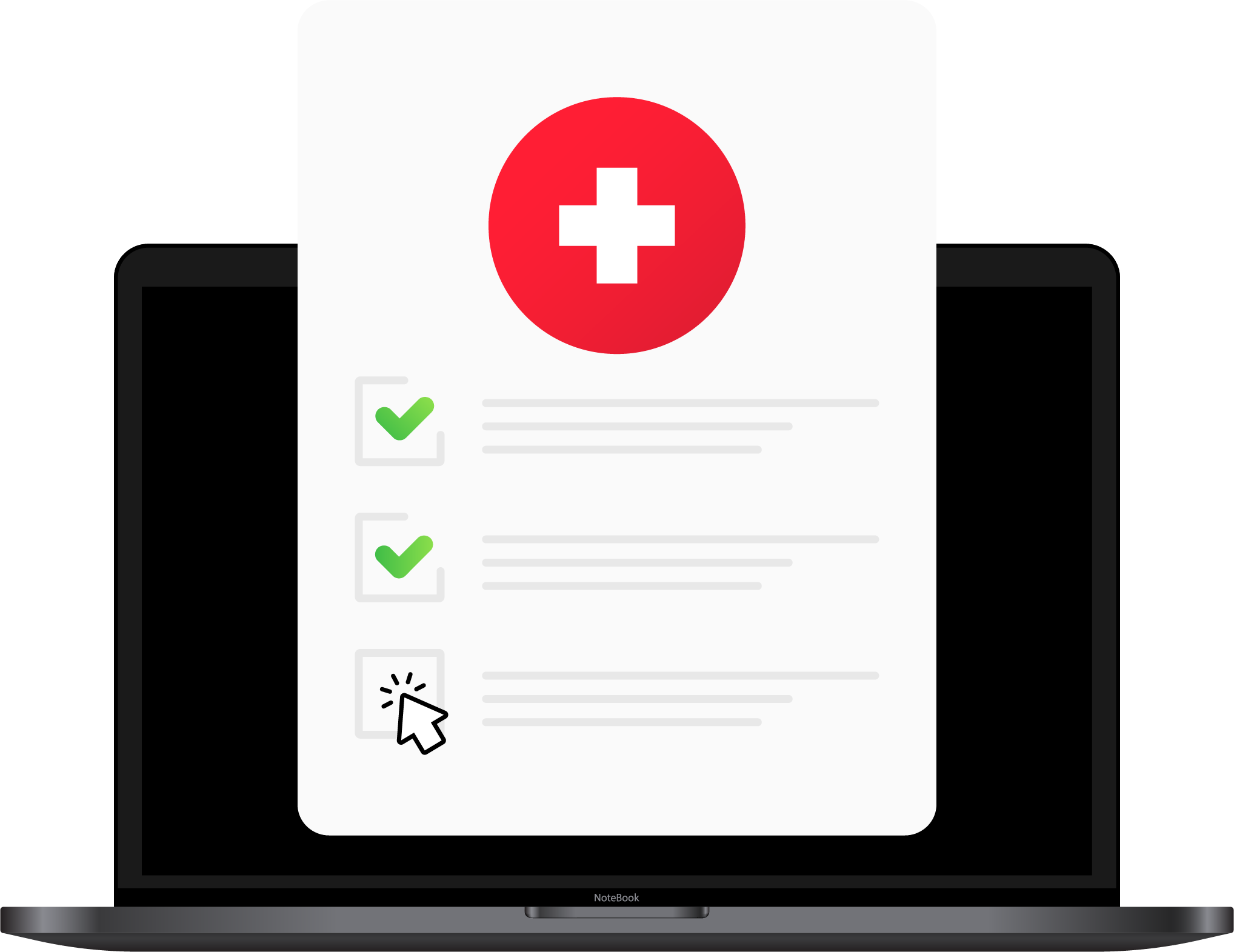Work Package 1 reviews and summarises the designs of studies that have generated clinical evidence about the performance high-risk medical devices. Specifically, it will collect evidence concerning high-risk (class III) permanently implanted devices in the fields of cardiology and orthopaedics, as well as high-risk devices used for the treatment of diabetes mellitus.
Objectives
To perform a systematic review of recommendations for the performance of clinical investigations and trials of high-risk medical devices, identifying their concordance and discordance

To perform a systematic review of the methodologies of clinical investigations that have been used to evaluate high-risk cardiovascular, orthopaedic and diabetic medical devices, identifying problems and ranking study designs for their quality and appropriateness.

To review appropriate statistical methods for evaluating studies of high-risk medical devices

To review the utility of patient-reported outcome measures and patient-reported experience measures to generate premarket and post-market clinical evidence for high-risk devices, including independent review of their validity and accuracy
Tasks
Anne Lübbeke-Wolff and Arjola Bano and colleagues are working on clinical investigations to evaluate high-risk orthopaedic devices. At the last Project Board Meeting (Leiden, 25-26 April 2022) Anne Lübbeke-Wolff notably presented outcome of the published literature (63 on hip stems and 54 on knee) as well the preliminary results pertaining to cumulative risk of revision for each hip. Additionally, they presented the revision rate of hip stems deriving from registry reports.
As regards methodologies used in published prospective clinical studies of high-risk cardiovascular medical devices, Laurna McGovern also works on broad systematic reviews of the medical literature. Among identified challenges in this task, non-RCT papers were classified as “high-risk of bias” due to poor reporting and unclear design.
In the coming weeks, Laurna and her colleagues will continue data extraction and analysis prior to
elaborating a summary of key findings at the end of CORE-MD.
Ewout Steyerberg is evaluating current statistical methods for device studies and trials and provide statistical guidance for new designs to achieve optimal power and sufficient evidence. He is also describing and identifying where guidance or additional research are needed as well as developing guidance/practical tools.
John Chaplin and Ola Rolfson aim to demonstrate that PROMs can serve as additional tools to be considered by regulators to assess
the value of medical devices. A search strategy was constructed using sets of keywords in the
following areas: condition, medical device and PROM. The preliminary findings of the search showed
that 2844 papers were published on Orthopaedics, 2851 on Cardiovascular and 2544 on diabetes.
Selection and exclusion criteria have been set up in the framework of this task.
Petra Schnell-Inderst and colleagues aim to identify and describe recommendations on methodology of design of confirmatory pivotal clinical trials for high-risk medical devices, compare and describe similarities and differences and identify gaps for research and trial methodologies. At present, recommendations were very general and rarely study-type specific. Additionally, some device specific characteristics were not clearly addressed such as distinguishing between established devices and devices with new characteristics or contextual dependency on provider/ institution environment (i.e., eligibility criteria are required only for patients not for provider.

